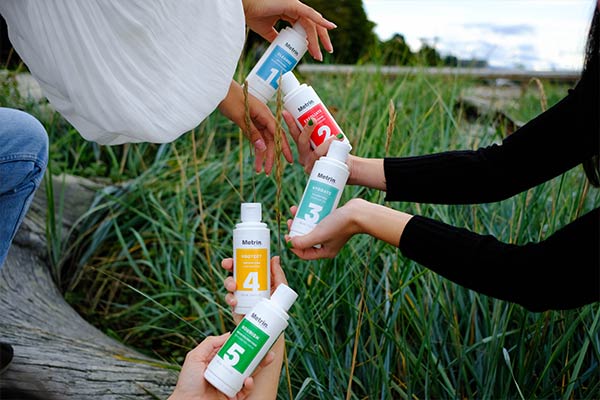What You Should Know About Milia (or Milium Cysts)
Sometimes incorrectly referred to as “baby acne”, milia or milium (singular) are small, white bumps/cysts grouped together usually appearing on the nose, cheeks, chin, and most prevalent in newborn babies.
Milia usually develops when skin flakes or keratain become trapped under the surface of the skin. Keratin is a strong protein that is typically found in skin tissues, hair, and nail cells. When it’s contained under the skin’s surface, it causes these cysts to appear.
Milia can occur in people of all ages, but are most common in newborns. Infant milia usually clears up within a few weeks after birth. In older children and adults, it typically goes away within a few months. Almost always, cases of milia clear up on their own without any treatment.
Causes
It’s unknown what causes milia in newborns. It’s often mistaken for baby acne triggered by hormones from the mother. Unlike acne, milia doesn’t cause inflammation or swelling. Infants with milia are born with it while baby acne doesn’t appear for a few weeks after birth.
In older children and some adults, milia are often associated these types of damage to the skin:
- blistering due to a skin condition
- burns
- blistering injuries, such as poison ivy
- skin resurfacing procedures, such as dermabrasion or laser resurfacing
- long-term use of steroid creams
- long-term sun damage

Different Types
Milia are small, somewhat dome-shaped bumps that are most commonly white or yellow in color. They are not usually itchy or painful, but they may cause discomfort in some people. Rough surfaces in close contact such as clothing or bed sheets may further cause irritation or redness.
There are various types of milia. These cysts are classified based on the age at which they occur or the injury that causes the cysts to develop.
Neonatal Milia
It develops in about 40% of newborns and commonly heals after a few weeks. Cysts are typically seen on the face, scalp, or upper torso.
Primary Milia
This occurs in children and adults caused by keratin trapped beneath the skin surface. Cysts can be found around the eyelids, forehead, and on the genitalia. Primary milia can disappear in just a few weeks or last for several months.
Drug Associated Milia
Use of steroid creams can sometimes, but rarely, lead to milia appearing on the skin where the cream is applied.
Juvenile Milia
It’s caused by genetic disorders including:
- nevoid basal cell carcinoma syndrome
- pachyonychia congenita
- Gardner syndrome
- Bazex-Dupré-Christol syndrome
Milia en Plaque
This condition is most commonly associated with genetic or autoimmune skin disorders like discoid lupus or lichen planus. Milia en plaque affects the eyelids, ears, cheeks, or jaw, and can be a few centimeters in diameter. It’s usually seen in middle-aged women but can occur in adults and children of all genders and ages.
Multiple Eruptive Milia
This kind of milia is made up of itchy areas that appear on the face, upper arms, or torso, and appear over a span of time from a few weeks to a few months.
Traumatic Milia
These cysts happen where an injury to the skin, i.e., severe burns or rashes, has occurred. They can become irritated and make them red in color along the edges and white in the middle.
Treatment
There is no treatment necessary for most cases of milia as they usually clear up on their own.
There are some treatments that can be effective for eliminating the cysts if they cause discomfort including:
- deroofing: removing the skin cover so the trapped keratin can be picked using a sterile needle
- medication: topical retinoids (creams containing vitamin A compounds)
- chemical peels
- laser ablation: using a small, focused laser
- diatherm: extreme heat
- destruction curettage: surgical scraping and cauterization
- cryotherapy: freezing (most frequently used method)
Milia aren’t known to cause long-term problems or be be harmful as they usually go away without treatment.
Prevention
Regular exfoliation helps avoid more aggressive forms of milia. A regular, daily skin care routine that incorporates gentle exfoliation will help avoid adult milia.
Don’t try to pick or remove them on your own despite any irritation or it could lead to scabbing or scarring. If you are concerned about them, please consult your pediatrician or dermatologist.
Source: Healthline







